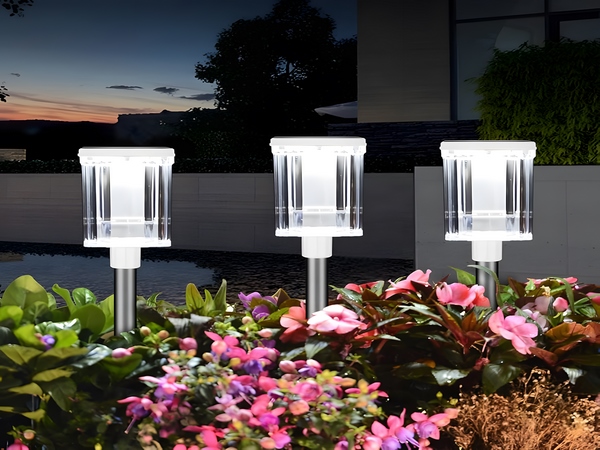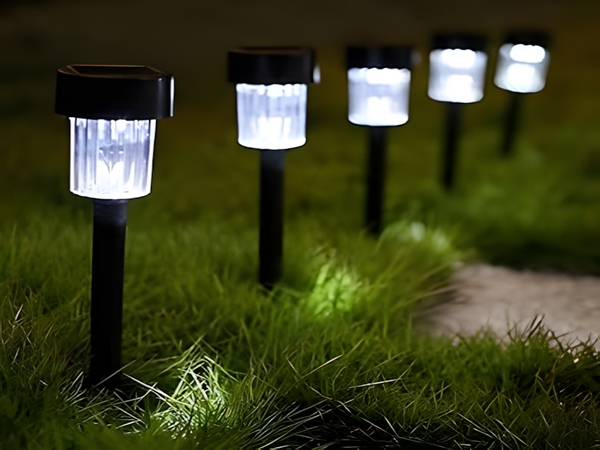
With the increasing maturity of new energy technology, solar street lights are becoming more widespread, leading to a growing number of solar street light manufacturers. However, many manufacturers merely engage in production without a substantial reserve of technical patents, and often rely on the use of gel lead-acid batteries or ternary lithium batteries based on past experiences. Gel batteries are heavy and have a shorter lifespan compared to lithium batteries, and they are gradually being phased out of the market. Although ternary lithium batteries have high energy density and long service life, their safety is uncertain. So, what types of batteries are used in solar street lights? Below are the types shared by the editor of Century Sunshine:
Currently, the main types of batteries used in solar street lights in the market are lead-acid batteries, gel batteries, ternary lithium batteries, and lithium iron phosphate batteries.

1. Lead-acid batteries: The plates of lead-acid batteries are made of lead and lead oxide, with the electrolyte being a solution of sulfuric acid. The primary advantages of lead-acid batteries are their relatively stable voltage, low cost, and high safety; however, their lifespan is relatively short and they are much larger than regular batteries. Due to their cost advantage, they still occupy a dominant position in the solar street light industry.
2. Gel batteries: Gel batteries can be seen as an upgraded version of lead-acid batteries, requiring little to no maintenance. The main difference is that gel electrolyte replaces sulfuric acid electrolyte, improving energy storage, discharge performance, safety, and lifespan. Moreover, gel batteries can be used in temperatures ranging from -40℃ to 65℃, making them suitable for both high-cold northern regions and hot tropical areas. They also exhibit excellent shock resistance, enabling safe use in various harsh conditions, and their lifespan is typically double that of regular lead-acid batteries.
3. Ternary lithium batteries: Ternary lithium batteries have many advantages, including high energy density, small size, fast charging, and a high price. They can withstand approximately 500-800 deep charge cycles, and their lifespan is comparable to that of gel batteries, functioning within a temperature range of -15℃ to 45℃. However, ternary lithium batteries also have drawbacks, particularly concerning safety. If the internal components are unstable or produced by unqualified manufacturers, there is a significant risk of explosion during overcharging or in high-temperature environments.

4. Lithium iron phosphate batteries: These offer high energy density, compact size, fast charging, and good stability, with a wide temperature range of applicability; however, they are the most expensive among all battery types. Currently, their high cost is a barrier to large-scale implementation.
The above information summarizes the types of batteries used in solar street lights. Currently, most solar street light systems utilize lead-acid batteries or gel batteries, which have excellent deep cycle capabilities, sufficient charge-discharge cycle counts, low self-discharge rates, and good overcharge and over-discharge abilities.



